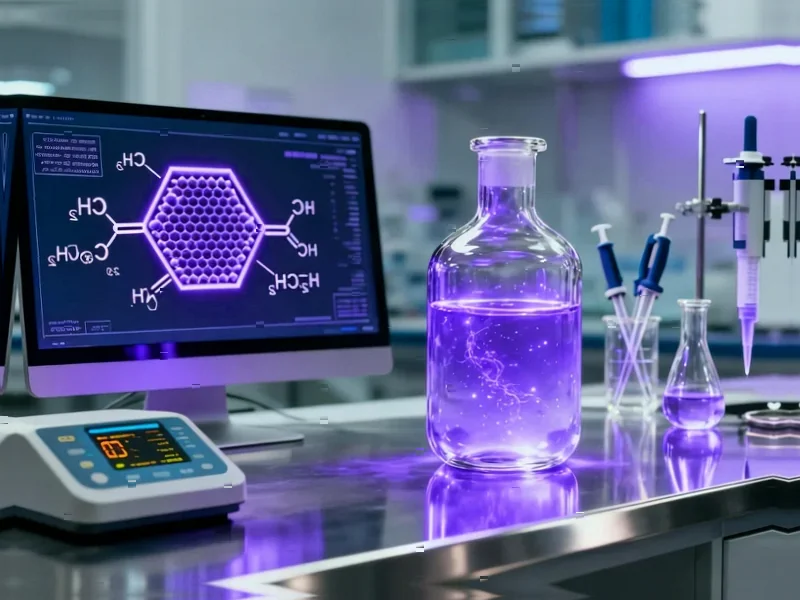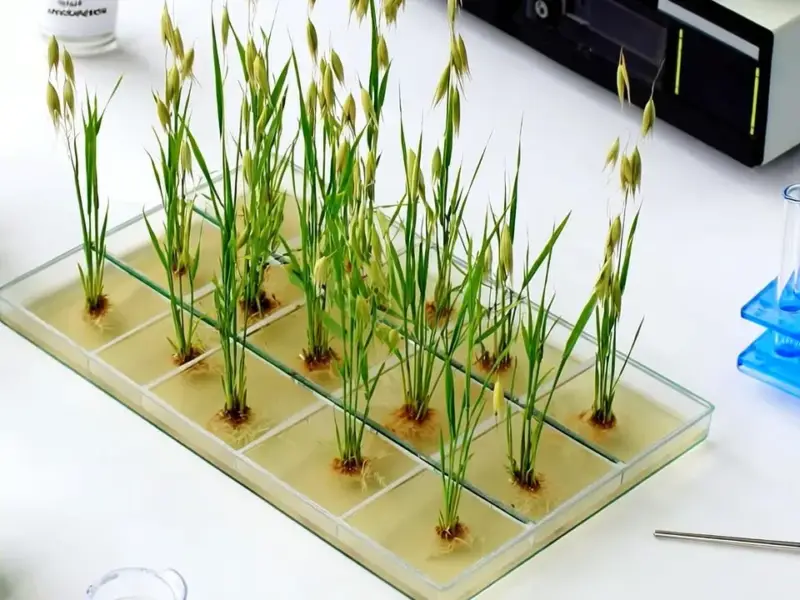According to Phys.org, researchers at Kyushu University have designed a new class of molecules whose ability to amplify light energy can be actively controlled by simply applying pressure. The study, published in Chemical Science and led by Professor Gaku Fukuhara in collaboration with Professor Taku Hasobe from Keio University, focuses on a process called singlet fission where a single high-energy photon creates two lower-energy excited states. The team synthesized molecules composed of two pentacene units connected by flexible polar linkers and discovered that pressure causes different effects depending on solvent polarity – suppressing the reaction in toluene while accelerating it in dichloromethane. The lifetime of the resulting triplet excitons was linked to pressure through changes in solvent viscosity, while the triplet quantum yield maintained efficiency under pressure. These findings may enable pressure-responsive energy conversion devices and phototherapeutic materials for biological environments.
The Promise and The Problems
This is genuinely exciting stuff. Being able to control energy conversion at the molecular level with something as simple as pressure? That’s the kind of breakthrough that could eventually transform everything from solar cells to cancer treatments. The fact that they maintained quantum yield under pressure is particularly impressive – that’s usually where these things fall apart.
But here’s the thing: we’ve seen these “breakthrough” energy conversion announcements before. Remember all the perovskite solar cell promises that never quite made it to commercial scale? The gap between lab demonstration and real-world application is massive. And we’re talking about hydrostatic pressure here – how exactly do you apply that consistently in, say, a medical device inside a human body?
The Real-World Hurdles
Let’s talk about those solvent dependencies. The fact that you get completely opposite effects in toluene versus dichloromethane means you’re dealing with some pretty finicky chemistry. Toluene isn’t exactly biocompatible, and dichloromethane is literally classified as a probable human carcinogen. So when they talk about phototherapeutic applications in biological environments… what solvent are they imagining here?
And then there’s the pressure control itself. We’re not talking about massive industrial presses – the study used hydrostatic pressure, which means uniform pressure from all directions. But in practical devices? You’d need incredibly precise pressure control systems. The engineering challenges here are non-trivial, to say the least.
Where This Could Actually Matter
Despite the skepticism, the fundamental science here is solid. The research paper shows they’ve genuinely cracked something new with that SF dynamics inversion concept. Flexible linkers instead of rigid ones? That’s clever molecular design.
Where I could see this having near-term impact is in specialized sensors or laboratory equipment where you can control the environment perfectly. Maybe pressure-sensitive imaging systems or research tools. The medical applications feel much further out, but the energy conversion potential? If they can get this working in solid-state materials rather than solutions, we might be looking at a real game-changer for solar technology.
Basically, this is one of those “file under promising but needs about a decade more work” situations. The science is legitimately impressive, but turning pressure-controlled singlet fission into something you can actually buy? That’s going to require solving a whole different set of problems.




